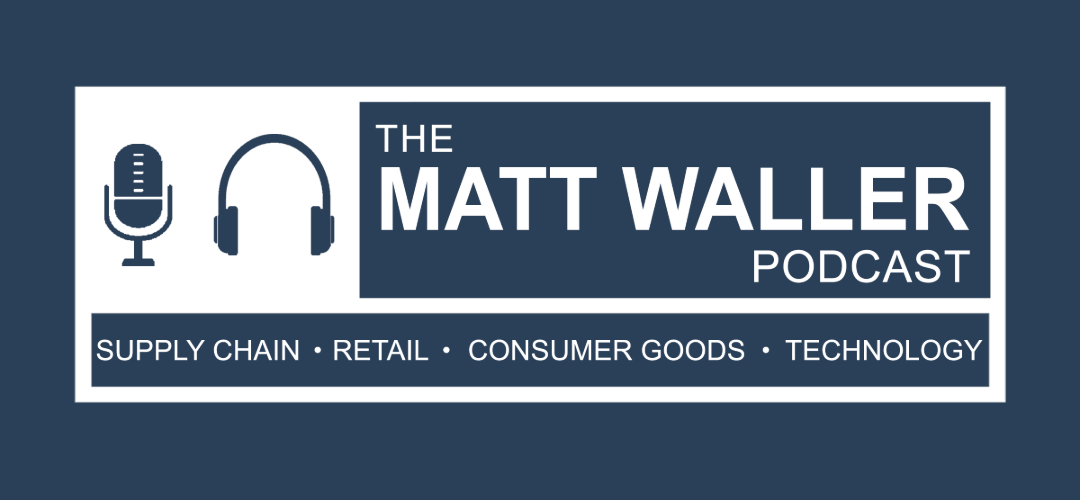Josh Jewett discusses several significant advancements in retail supply chain transparency and digital customer engagement. Supply chain transparency has been enabled by telemetry data from containers, cartons and pallets, allowing retailers to track purchase orders from origin to store. This facilitates timely delivery of merchandise and optimized operations for key sales periods like holidays.
Retailers are also enhancing digital customer engagement by gathering transaction data to understand customer preferences. This enhanced insight drives changes to product assortment management and supporting supply chains.
One example is Smart Sense, a division of Digi that offers monitoring devices for perishable products. The devices track temperature, impacts and humidity throughout the supply chain, providing transparency and mitigating risks.
Another example is a company that has an innovative direct-to-consumer model that involves promoting products online and fulfilling orders directly from factories with minimal shipping costs. This approach reduces inventory risk by allowing rapid adaptation to consumer demand without over-investing in inventory.
Josh discusses the CIO's role in strategic alignment and portfolio management during mergers. Setting corporate priorities each year involves both art and science from the board. Executives must align departmental roadmaps to high-level themes.
As an executive working across departments, the CIO plays a key role in strategic alignment and resolving conflicts. The CIO advises the CEO and works with a capital committee to manage a portfolio of departmental initiatives based on criteria like revenue growth, profitability, efficiency and risk mitigation.
This portfolio approach is important given limited IT resources. Josh advocates prioritizing initiatives that align most closely with corporate strategy. In retail specifically, digitizing supply chains and understanding demand have become crucial with COVID-19 and tariff disruptions. Retailers are diversifying supply chains and using technology to reduce inventory capital tied up and lower markdowns.
Exciting developments include retailers monetizing first-party customer data by selling it to brands and auctioning digital ad space. Once exclusive to large brands, this practice is becoming more widespread and allows mid-tier brands to leverage data for both operations and revenue.
Josh then discusses the Dollar Tree acquisition of Family Dollar, noting initial tendencies to select the best applications from each company were misguided. The decision should be driven by organizational strategy and post-merger leadership structure.
Integration focused on aligning IT to the rationalization of core functions like finance and HR before moving outward. Systems were consolidated for back-office operations while maintaining separate platforms for stores to avoid disruption costs. The importance of business liaisons and managing existing technology efficiently to enable new adoption within budget is also highlighted.
In conclusion, the evolving role of the CIO involves not only managing technology, but actively contributing to products, services and revenue through digital innovation and monetization of first-party data.
Retail Supply Chain Transparency & Digital Customer Engagement with Josh Jewett



Member discussion: